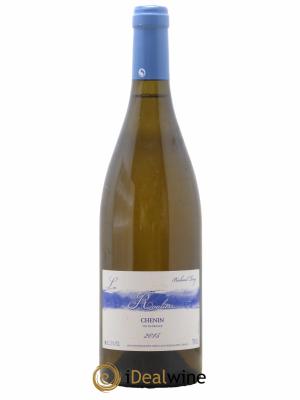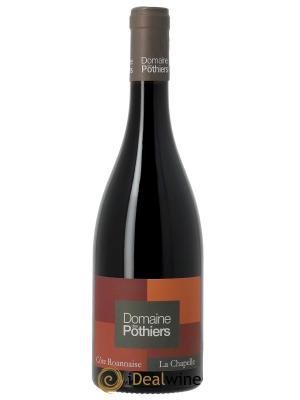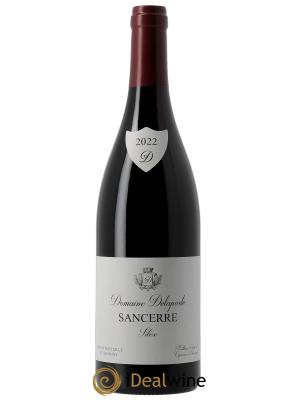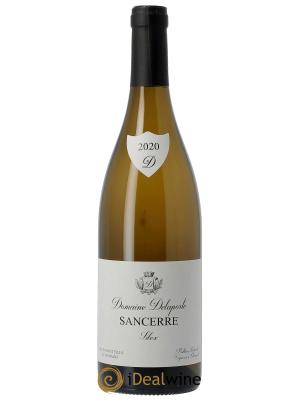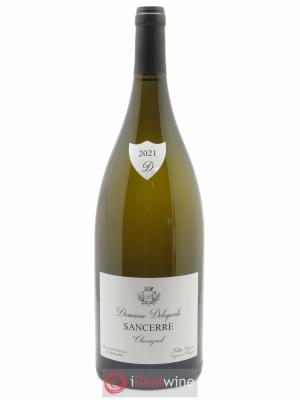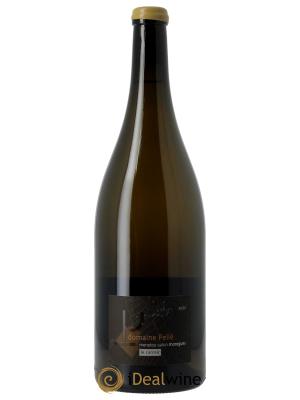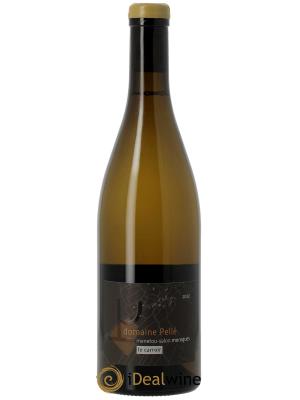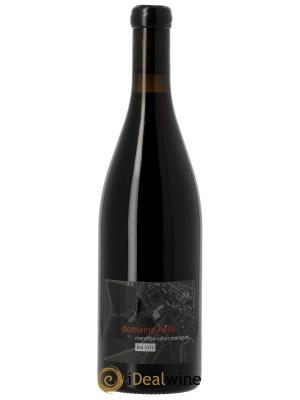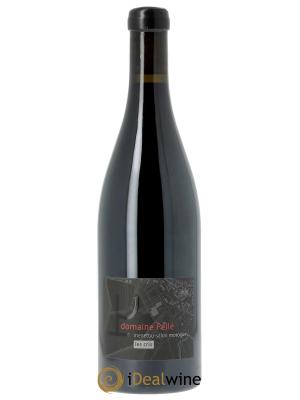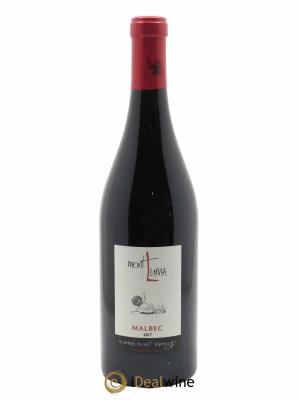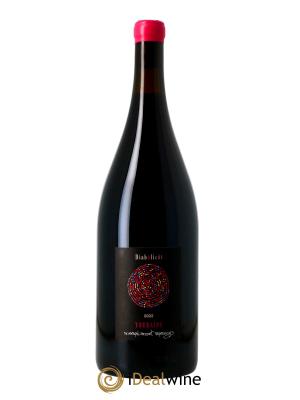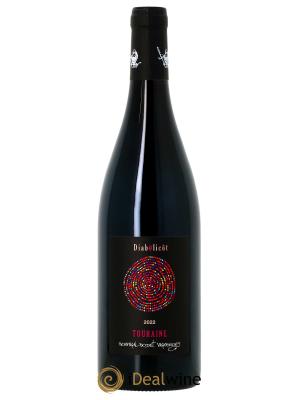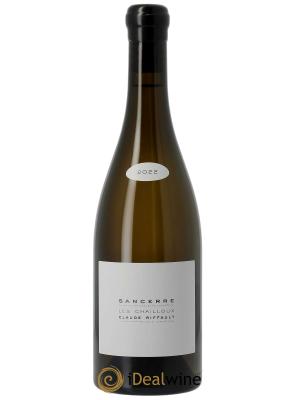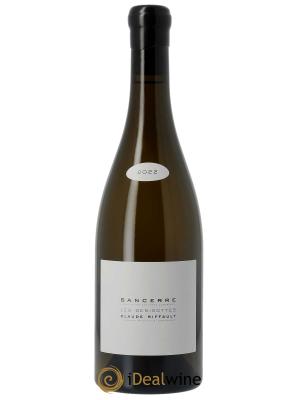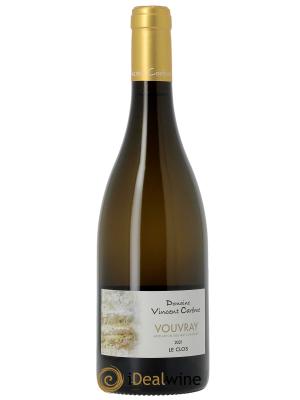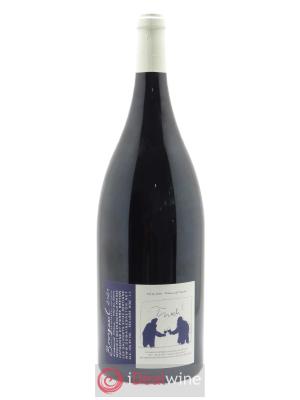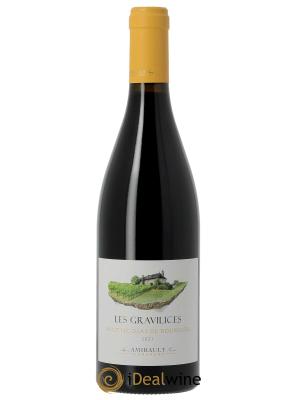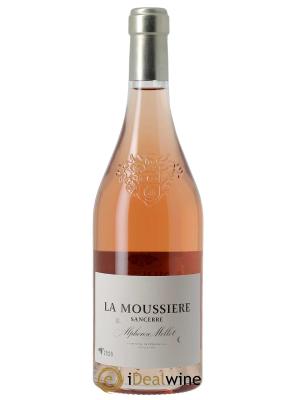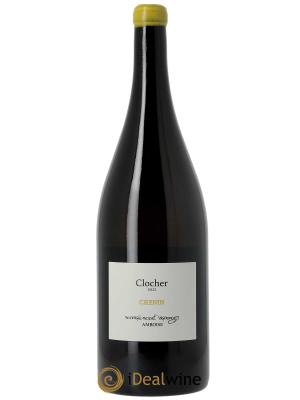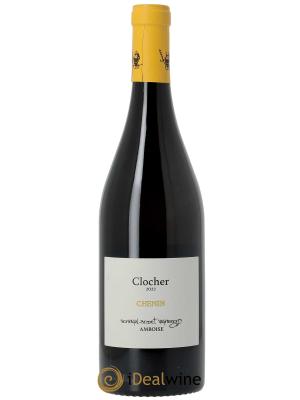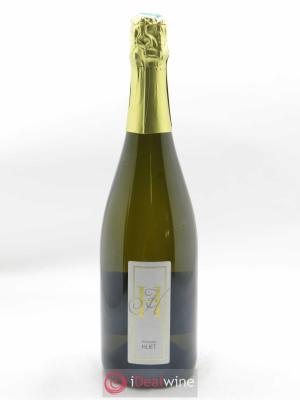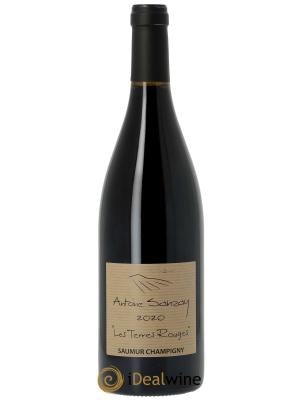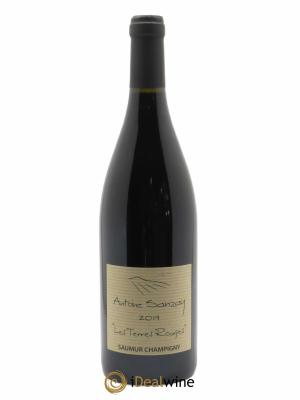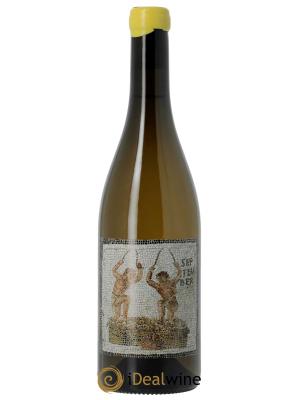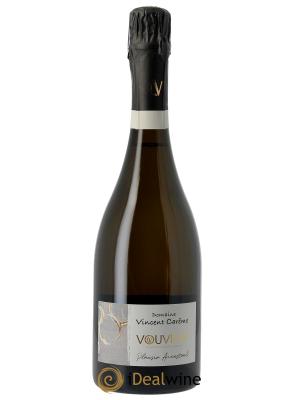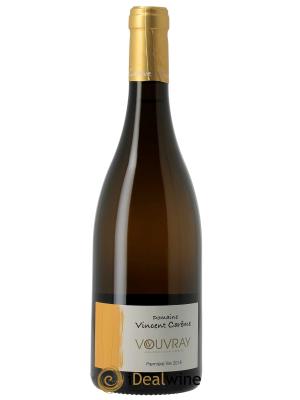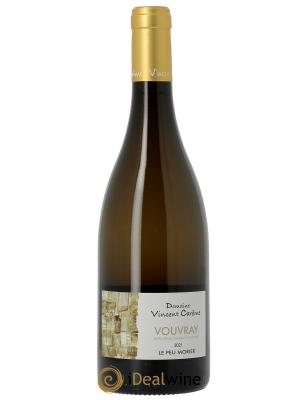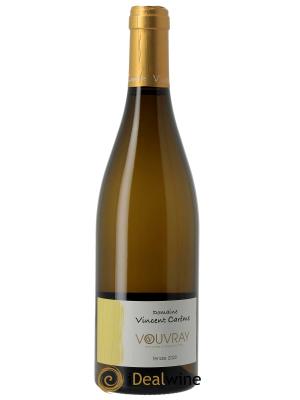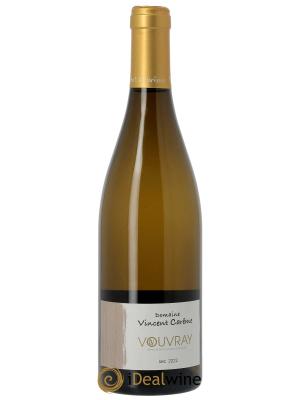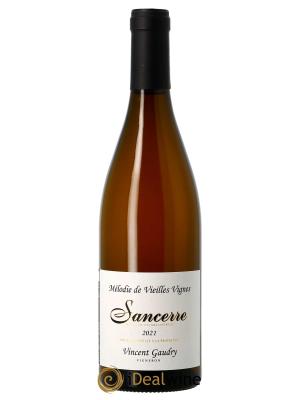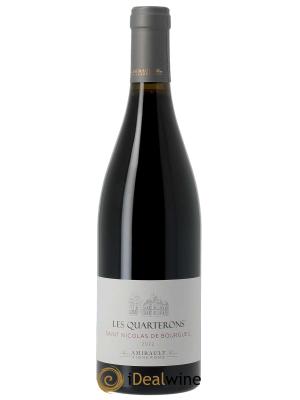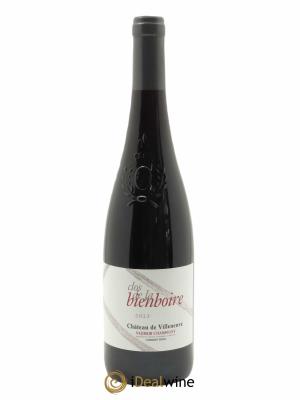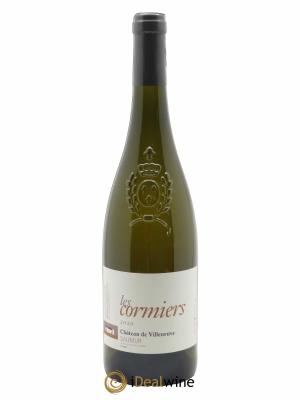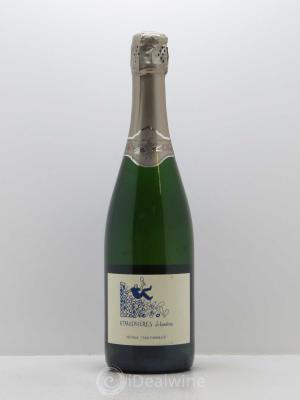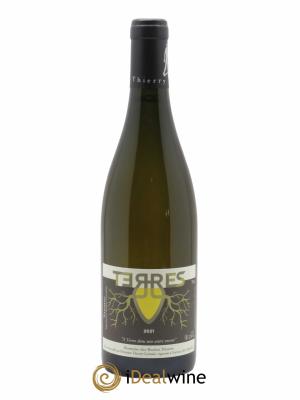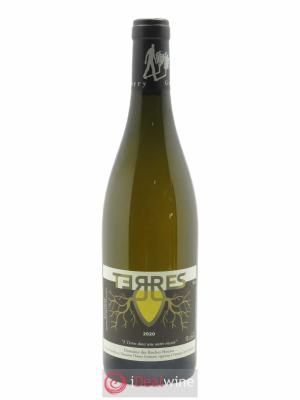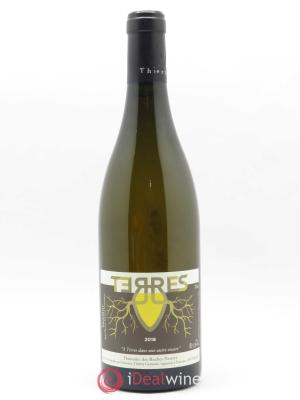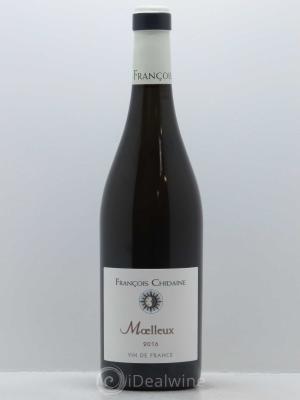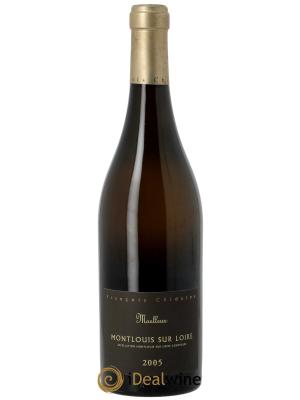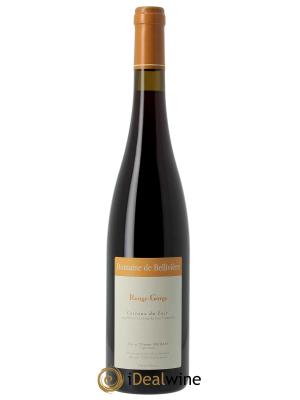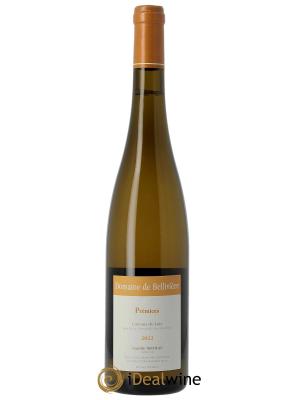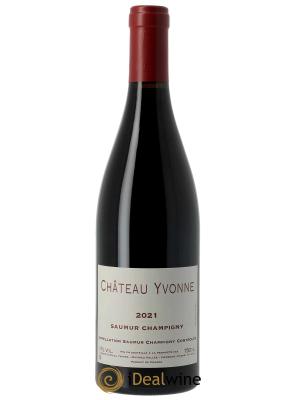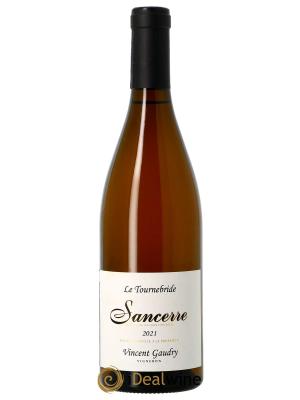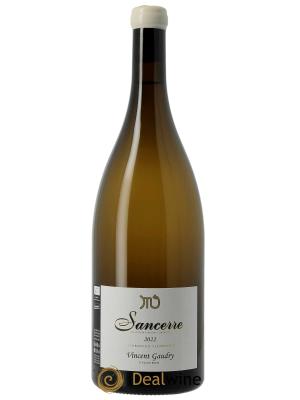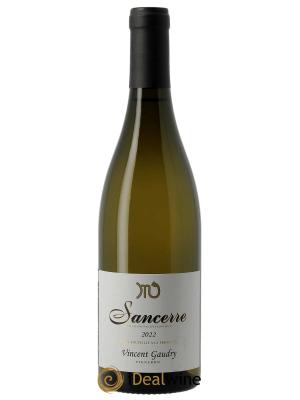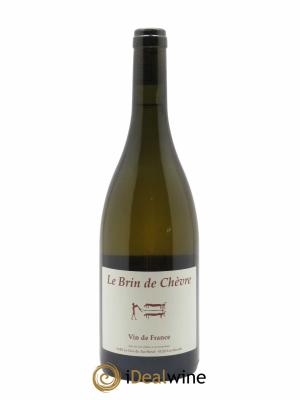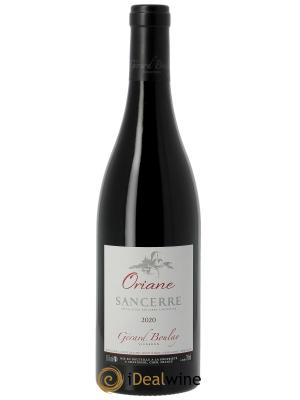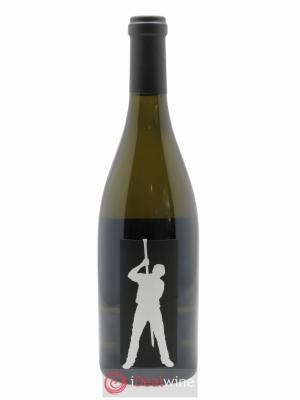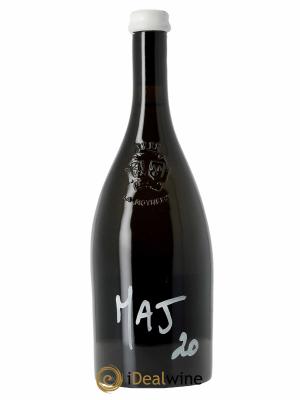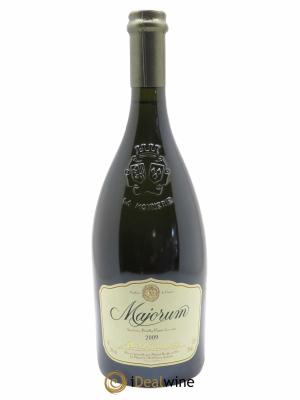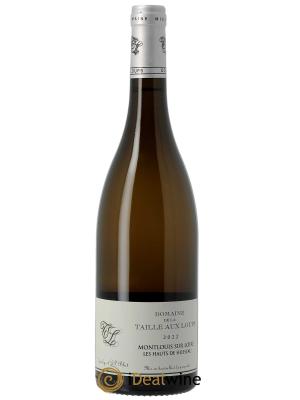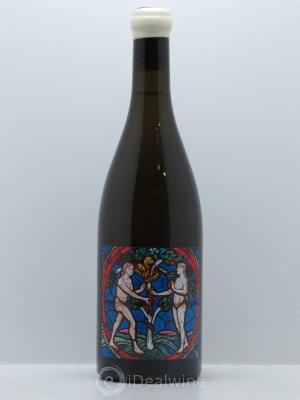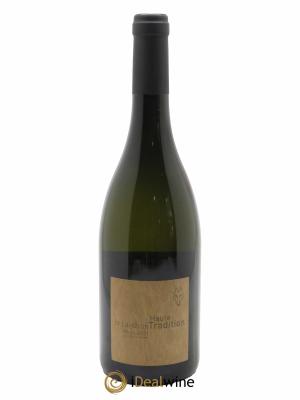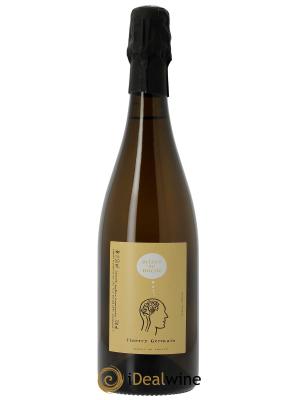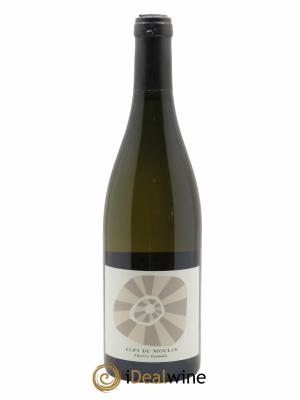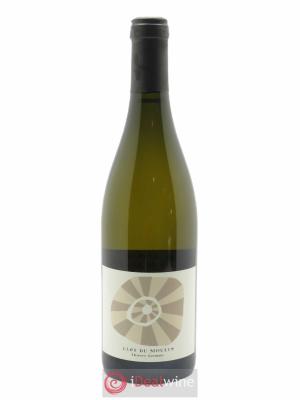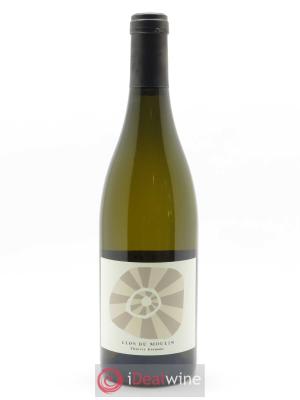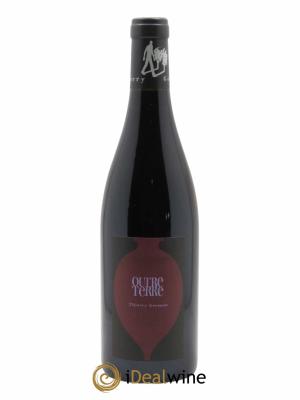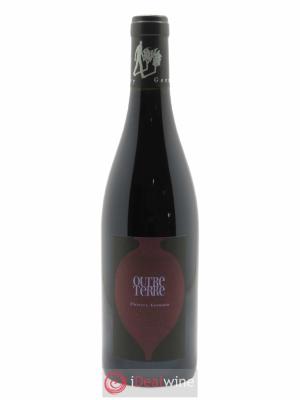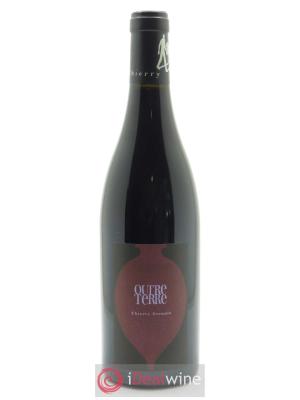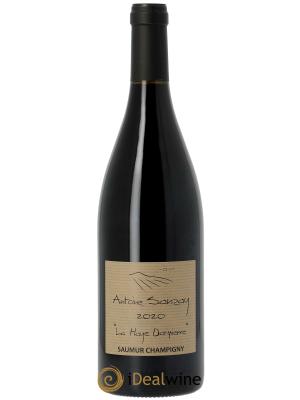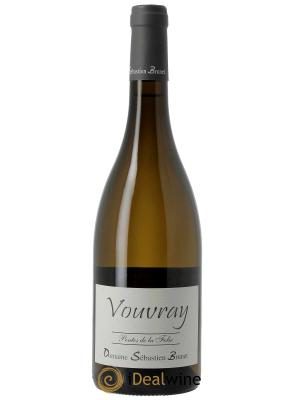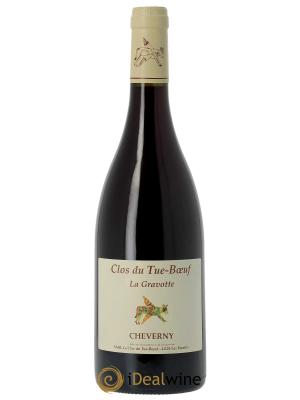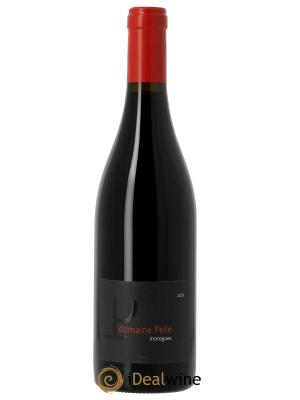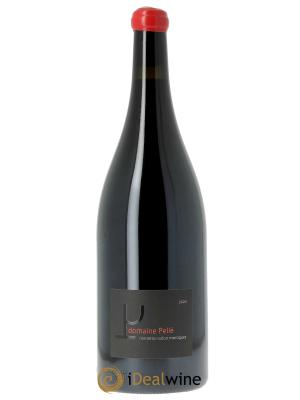History
Whilst wine-growing culture in the Loire Valley is nothing new, it’s true that it’s success really took off from the beginning of the 20th century, in France as well as abroad, notably in the UK. Its origins date back much further, though, to well before the Roman conquest, as proven by several amphora pots found in Chalon-sur-Saône and Angers. During the Middle Ages and the Renaissance, wine production in the Loire expanded considerably. In 1199, wines from Angers made it to Mont Saint-Michel in northern France, as well as to England, where it was imported by the brother of Richard the Lion Heart, King John. The construction of a port at La Rochelle a little after this created an important trade axe that allowed for regional wines to be moved further, particularly to Belgium (especially Flanders). Over the years, vine-growing intensified around sacred places such as cathedrals and abbeys. There is evidence that Cabernet-Franc, now an emblematic grape variety, was grown in the 13th century – at the time, it was known as ‘breton’ or ‘bordelais’. Let’s jump ahead to the Renaissance, an age of Humanism and an impulse for discovery… including Loire wine! This success was made possible by the alliance between France and Brittany – a relationship that made trade more durable – as well as by the death of Henry II (husband of Catherine de’ Medici and father of Henry III who lived through the wars of religion) during a tournament. Catherine enshrined peace with the powerful Charles V, who was Holy Roman Emperor, King of Spain, and Duke of Burgundy. And we shouldn’t omit the influence of the Humanist writer Rabelais who, originally from Chinon, honoured the wines of his region in works such as Pantagruel and Gargantua. As for the 17th century, this was seen as a period of innovation thanks to the work of the Dutch. Independent since the end of the preceding century, they established themselves as masters of maritime trade in very little time. The wine trade brought their attention very quickly to the best ways of keeping wine. These were drinks they enjoyed so much that they introduced the vinification technique of noble rot. This saw the flourishing of sweet and dessert wines on the slopes of Aubance and Layon. These beautiful wines made from Chenin inspired them so much that they later brought the very same grape variety with them when they colonised South Africa. Unfortunately, even though the geographical location of the Loire could have made it the perfect provider of wine to the capital, its wine production was not led effectively during the 18th and 19th centuries.
The 1700s saw poor vintages that exhausted reserves, the French Revolution, and the Vendée wars. During the 1800s, there was a clear desire to replant with vines of better quality. This was, of course, not counting on the arrival of phylloxera, a disease that destroyed vines, forcing winemakers to replant later by grafting American root stock. Not without great effort, Loire wine production managed to build itself back up again, attributed AOC status from 1936. The terroirs affected by this were Sancerre, Quincy, Vouvray, and Muscadet, followed later by Anjou and Saumur. Finally, in 2000, the region was classed as a World Heritage area by UNESCO for its wines, pouring forth from a landscape littered with architecturally unique châteaux and perfect for pairing with a flavourful, traditional gastronomy. The Loire Valley today? Over sixty appellations moving little by little towards a renewal in quality. Yields have lowered, vinification has become more attentive, and maturation has been mastered. This revolution has largely been led by young wine makers who are better trained than their elders, and who wish for a return to the no-nonsense farming that existed before the 70s swept in with a wave of chemicals, insecticides, and fungicides. Bolstered by their experiences in different domains around the country and the world, these young wine makers approach each vintage differently. This becomes more and more pertinent as we recognise a fact that cannot be ignored: the climate crisis. Particularly since the heat-struck summer of 2003, professionals have had to interrogate their working practices, adapting their growing and vinification techniques in order to preserve the acidity that is all important to the wines of this northern region. Will it perhaps become necessary to alter the grape varieties grown? Perhaps. Studies have shown that, in years as hot as 2003, southern grape varieties such as Grenache Noir would flourish wonderfully in certain appellations. But is this the best solution? We mustn’t forget that the idea is not to denature the identity of the terroirs, nor to throw the appellation regulations into disarray. The range of Loire wines The Loire Valley is a must-explore region for any wine lover seeking diversity. 52% of wine produced here is white, with 26% red, 6% sparkling, and the rest are sweet and dessert wines (both white and rosé). The Loire is also the top region for the production of AOC white wines and sparkling cuvées, apart from Champagne of course. Whilst some Loire wines are best enjoyed in their youth, others are made to be aged for a long time. These ones are made from a range of grape varieties, with some dominating overall production. Nevertheless, this variety allows wine makers to easily express their creative side in diversifying the style of their wines. Whilst there are many white grape varieties present in the region, the most widely seen are undoubtedly Sauvignon Blanc, Chenin Blanc, Chardonnay and Burgundy Melon. This list is complemented by such varieties as Romorantin, Folle Blanche, Chasselas, Arbois (also called Menu Pineau), Grolleau Gris, Saint-Pierre Doré, and Sacy (also known as Tressalier). As for the red varieties, by far the most widespread is Cabernet Franc, as well as Pinot Noir and Gamay. More rarely, we also see Pinot Gris, Pinot Meunier, Cot, Pineau d’Aunis, Grolleau, Gamay de Bouze, and Négrette. Here’s a breakdown of the main ones: Sauvignon Blanc Whilst this grape is grown around the world, as well as in other French regions like Bordeaux, it really comes into its own in the Loire, particularly in the vineyards of Sancerre, Pouilly-Fumé, Mentetou-Salon, Quincy and Reuilly. Difficult to work with, this grape variety deserves to be planted in beautiful terroirs that will refine it, allowing it to reveal more than just the qualities of its grapes. Very rarely blended, even less so in the Loire, Sauvignon Blanc often brings significant yields and is particularly sensitive to disease. The goal is often to restrict volume in order to fully express its terroir and its vegetal aromas, as well as its great ageing potential. Its tension, energy and natural acidity confer a profile that makes it a perfect pairing for seafood dishes and regional goats’ cheese, preferably from the Loire or Touraine! Chenin Blanc Another star of the Loire, Chenin Blanc is sometimes known as Pineau. Evidence of the first appearance of this grape variety was identified in Anjou, where the monks at Saint-Maur Abbey cultivated it. These vines grow particularly well in soil composed of ‘truffeau’, a local chalk that has been used to build the region’s famous Châteaux, in which it matures very quickly, allowing for the production of dry wines as well as sweet, dessert, and sparkling cuvées. It resists disease notably well and has a natural acidity that makes it good for all kinds of vinification processes. It also produces wines with excellent ageing potential. These attributes have helped it to build a good reputation in the great appellations of Savennières, Jasnières, Vouvray, Montlouis, Anjou and Saumur. It stands out for its aromatic palate marked by notes of yellow fruits (apple, quince), dried fruits, white flowers and honey, as well as its perfect balance of fullness and acidity. Chardonnay Whilst Chardonnay is the uncontested master of Burgundy, it nevertheless found its place in the Loire Valley during the Middle Ages, giving wines with an elegant, fresh and fruity profile. Its fullness promises gastronomic pairings with white meat and fish. Romorantin The history of Romorantin is more recent. It was François I who, in 1519, decided to start growing it at the heart of the eponymous village. Quite irregular and prone to rotting, it is produced in quite small quantities: it spans just 60 hectares in Loir-et-Cher and mainly in the Cour-Cheverny appellation where it has replaced the iconic Sauvignon Blanc over time. The resulting wines are sought for the delicacy of their aromas, mainly comprising white fruits, flowers, citrus and honey. A few years of ageing will refine its emblematic, round character. Melon de Bourgogne Melon de Bourgogne, also known as Muscadet, comes (unsurprisingly) from Burgundy. It’s at the heart of the Pays Nantais, in the Muscadet, that it fully thrives. It is certainly most at home in a fresh oceanic climate and clay soil. It resists frost and is characterised by bunches of little, yellow grapes which, once vinified, express hints of green fruit (apple, pear) and aniseed. Some wine makers enrich it with a maturation on lees, a process that confers it a certain aromatic complexity as well as an unctuous texture. This is a wine that pairs well with seafood dishes. Cabernet Franc A member of the Carmenet family, Cabernet Franc was taken from the Spanish Pyrenees by the pilgrims of Saint-Jacques de Compostelle. Now a speciality in the Loire Valley, notably in the clay-chalk soils of Bourgeuil, Chinon and Saumur-Champigny, it is distinguished by aromatic delicacy with notes of red fruits like raspberry, flowers like violet, gentle spices and green pepper, which if too present, can be seen as a sign of under-maturity. Particularly low in tannins, the resulting wines evolve more quickly, therefore needing less ageing time. Pinot Noir This grape variety blooms early and resists winter frosts, thriving best in chalky and acidic earth. In the Loire region, we find it mainly in Touraine and in the Centre where it has helped build the reputation of Sancerre’s red wines. Once vinified, it has a ruby red colour. Its aromatic bouquet expresses notes of little, red fruits and cherry which evolve into aromas of leather and game. Its fine and delicate texture can be appreciated in its youth, but it might surprise with its ageing potential. Gamay Whilst Gamay is the flagship grape variety of the Beaujolais, it holds its own in some of the Loire’s finest terroirs, mainly in the Vendômois and the Centre-Loire, as well as in Anjou, Touraine and Auvergne. Useful for producing both reds and rosés, this grape variety is quite sensitive to springtime frost. Since it can bring large yields, Gamay needs to be grown carefully if quality is to be achieved over quantity.The wines that it produces are appreciated for their freshness, their flavourful character, and their intense fruit. Adapted vinification methods In order to respect the fresh and delicate identity of this northern terroir, the wines undergo attentive vinifications, with careful extractions and an avoidance of intense oakiness. This means that new wood is not used very often, with containers like stainless steel vats and even amphora preferred. The time spent maturing the wines is also limited. Whilst most of these wines turn out to be remarkable while still young, they are not entirely deprived of good cellaring potential! The Loire Valley’s sub-regions and their climates Evidently, not all the grape varieties can thrive on every terroir. Whilst Chenin reaches a rare, expressive quality in Vouvray, Pinot Noir produces its purest fruity character in Sancerre, for example. Each of the vines expresses its best attributes depending on the earth that brings it to life, and this varies as we travel along the valley. This vast, viticultural region can largely be split into five sub-regions, these being (from south to north-east) Auvergne, Centre, Touraine, Anjou-Saumur and the Pays Nantais. Unsurprisingly, this large breadth offers a variety of unique soils. Let’s head to the source of the Loire, which we find in Auvergne – some of the oldest granite hills of the Massif Central have valiantly held onto their vines (largely Gamay), and there are a handful of enthusiasts committed to seeing the vineyard culture reborn here. Sometimes with great success. Further north, the Centre-Loire is dominated by chalk and clay soils, a perfect home for vines of Sauvignon-Blanc. However, the expression of this grape varies depends on the presence of siliceous clay, “caillottes” and “terre blanches”. Touraine and Anjou-Saumur are made up of numerous little ‘truffeau’ valleys, the region’s emblematic chalk rock that has been dug out to make superb cellars and storage spaces. Chenin Blanc grows well here, much like Cabernet Franc, revealing an almost crystalline delicacy. As for the Pays Nantais, emerging slowly but surely as a strong producer, it is found on a base of the Massif Amoricain and is characterised by sedimentary and metamorphic soils, perfect for growing Muscadet, also known as Melon de Bourgogne. The climate in the Loire Valley is just as variable as the soils. Overall, the climate is temperate, oceanic and continental. Auvergne has mountainous conditions marked by hard winters and warm summers. The Centre has a semi-continental climate with numerous micro-climates. A continental climate involves hot summers and snowy winters, whilst an oceanic climate brings humid winters and refreshing summers – we find the latter in the sub-regions of Touraine, Anjou-Saumur and the Pays Nantais. Négociants and properties The Loire Valley is more like Burgundy than Bordeaux in its organisation, without quite the same renown or prices! An inexhaustible source of good, attainable wines, the Loire Valley is home to 7,000 domains, and 1,000 négoces which provide over 50% of regional wine sales, playing a major role in areas like Muscadet. There are also 24 cooperative cellars. The emergence of organic, biodynamic and natural wines Currently very much in vogue, the Loire is a goldmine for wine lovers searching for all that is new in terms of low-intervention wines, as well as for those looking to produce it. The land here is less costly – for now – than in other northern regions, welcoming younger, new faces with a great respect for the environment. Despite certain constraints imposed by the climate, organic growing is gaining ground, extending even to biodynamics. This movement has been led by Nicolas Joly at the Coulée de Serrant domain in Savennières. Appellations that had been left behind, such as Muscadet, have been somewhat rediscovered recently. This region is shaking things up in many ways, with a promising future at a time when a younger generation of consumers are seeking low-intervention wines that are lighter and easier to drink, without pretention.

